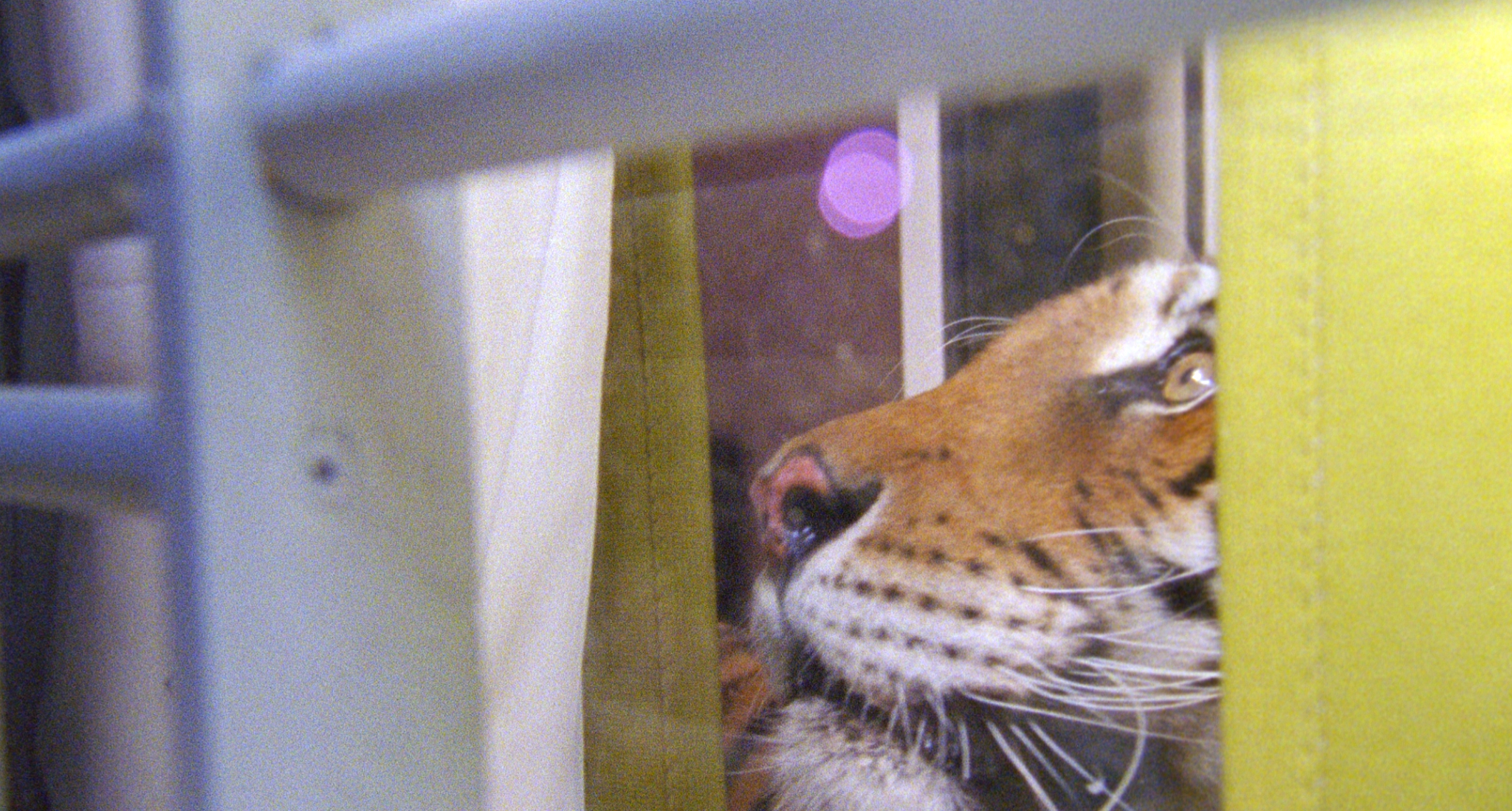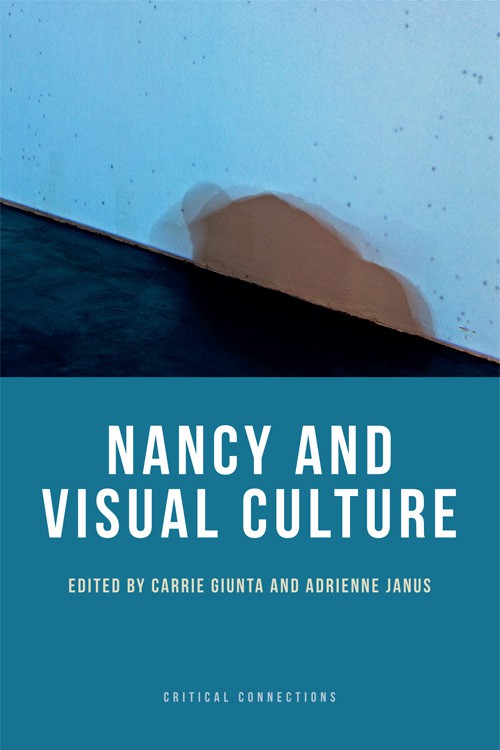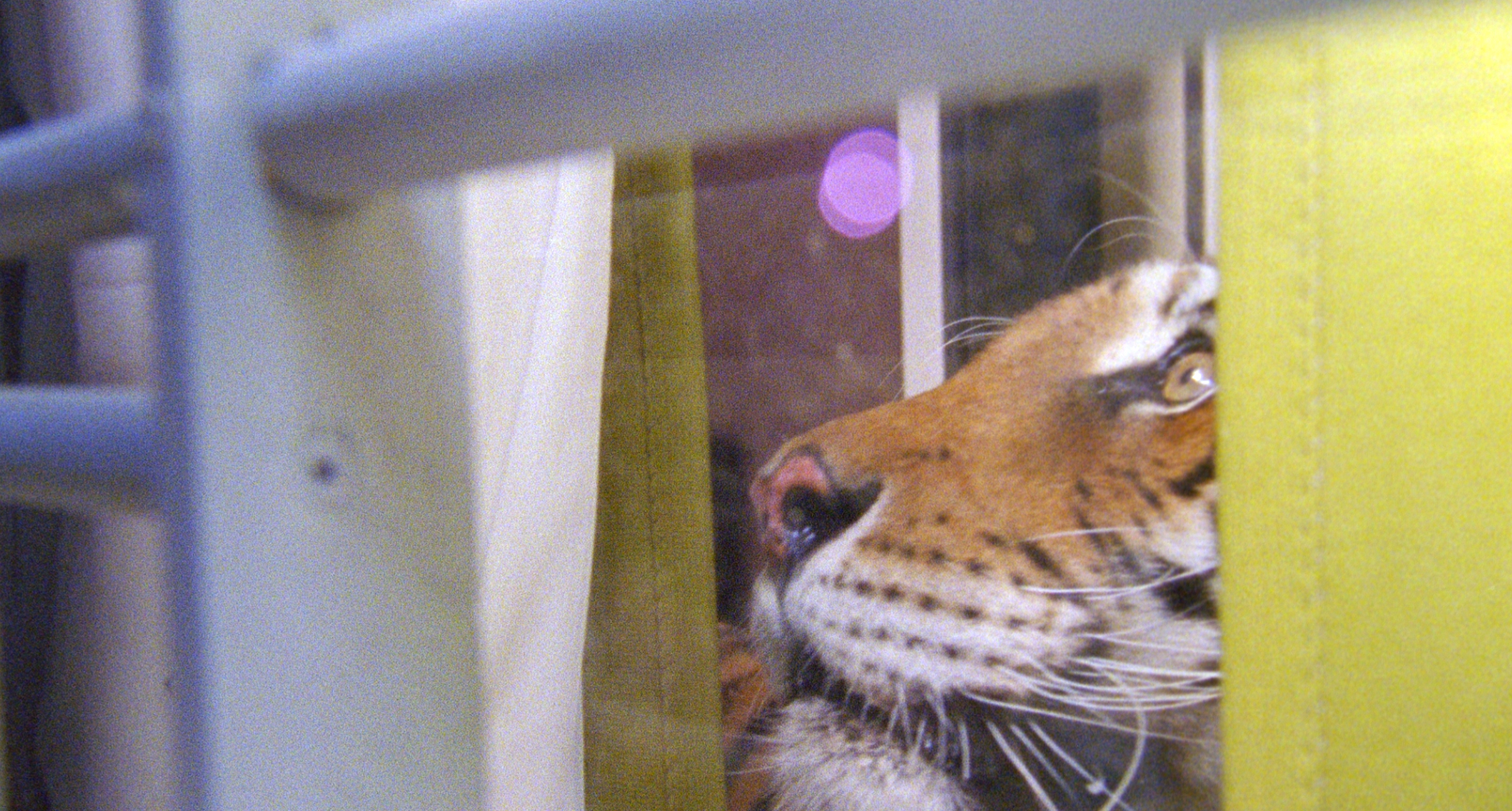
By Carrie Giunta
Daily life in New York City has its many challenges. In the concrete jungle, it’s a struggle to survive. But when one Harlem resident kept a 500-pound tiger and a seven-foot alligator as roommates, it raised philosophical questions too. London-based filmmaker, artist and academic, Phillip Warnell explores these human animal relations in Ming of Harlem: Twenty One Storeys in the Air.

The film recounts the true story of Antoine Yates, who cohabited with a tiger named Ming, and an alligator. The three lived quietly in a west side high-rise apartment until making headlines in 2003. Warnell weaves archival footage with fly-on-the-wall interviews as Yates recalls his life with the animals.

Most striking is philosopher Jean-Luc Nancy’s poetic intervention into Warnell’s film. The Strasbourg-based philosopher and long-time collaborator of Warnell wrote a 100-line poem about Ming and Al. The poem is narrated in voice-over throughout the film. An excerpt also appears in Warnell’s contribution to a newly released book, Nancy and Visual Culture edited by Carrie Giunta and Adrienne Janus, in Edinburgh University Press’ Critical Connections series:
Tiger Alligator
sovereign by your allure alone
by your stretches by your leaps
by your sated sleep by your starts
by your fury your courage your glory which our tongues
try to form in roughened rhymes gnashing scratching roaring rumbling repetitionshoarse tongued torsions
tongue behind words
in your mouth which roars and which weeps
groans moans howls
cries from your tear-filled throat
your throat tigrator your throat
but no less mine no less
deep in which these names you do not know make signs which celebrate you which honour you
rituals prayers
rhythms of adoration
from throat to belly and into the lungs
heart liver nerves and tendons
spread the shiny splinters of your names
Tiger Gator
their savage invocations
which make of you in me the gods
the ancient the fearsome
intimate with the impossible
As Nancy’s verse relates the animals’ placed and displaced twenty-first floor living, Warnell’s camera floats, suspended in the borderless city sky over the high-rise dwelling. In his chapter for Nancy and Visual Culture, Warnell writes:
Non-human and human animals are defined by territory, an inextricable relationship to architecture, geometry and co-ordinates within which they produce a kind of temporality permeated by corporeality, a ‘border’ and ‘order’, as Nancy suggests. It is in this sense animals are not in the world, they are the world, territory both the property of the animal and one of its properties.
Warnell returns to the theme of ‘outsidiness’, referring to an on-screen text Nancy delivers in their 2010 film collaboration, Outlandish: ‘…animals are not in the world, they are the world, territory both the property of the animal and one of its properties.’ In Ming, Yates returns to Harlem to trace his steps and to rediscover the world he created with tiger and alligator in their remarkable real life collaboration.
Carrie Giunta is a freelance writer and editor in Italy. She is co-editor of Nancy and Visual Culture.
 |
Ming of Harlem is distributed in the UK by Soda Pictures.





